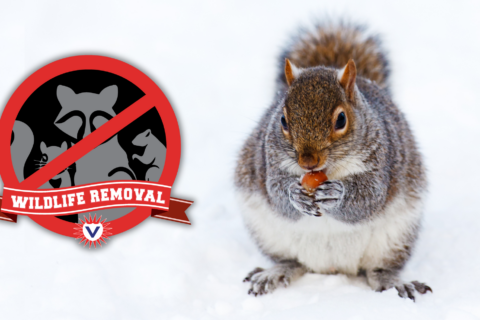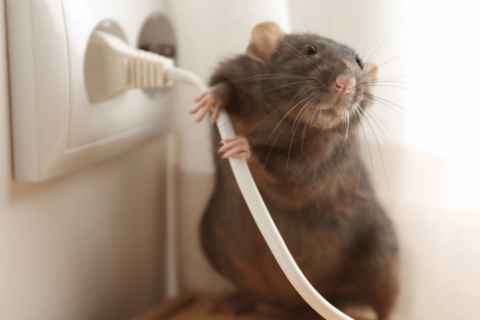Moles or Voles?

Your yard is torn us, your garden is in ruins, and your landscaping is demolished. You can’t seem to catch the critter that did all of this damage because you are not quite sure what to look for. Two of the most likely culprits are voles and moles. These two creatures share a similar name and appearance, but they have very unique qualities. Knowing the difference between the mole and the vole could be the key to catching who is upending your yard.
Mole vs Vole Diet
Any creature that is tearing up your yard is more than likely doing so because your yard is plentiful in its favorite meal. The diet of a mole and vole vary greatly. So, paying attention to wear their tracks lead and what is missing in your garden could determine which of the two you should try and prevent
Moles are insectivores, so their preferred dinner consists of earthworms, various grubs, and insects of all kinds. If you think a mole is responsible for the damage of your plants, instead consider an animal that prefers to consume vegetation.
Voles are herbivores, so their preferred snack consists of the stems, leaves, and roots of various plants. They will eat fruits and vegetables out of a garden, but they prefer the foliage or bloom of a plant. They will also eat the blades of grass in your lawn.
The easiest way to remember which diet relates to which animal is to look at the first letter of their name. Moles are meat eaters. Voles are vegetarians. The first letter of their name correlates to the foods they enjoy.
Mole vs Vole Appearance
The visage of a mole and vole are very different from one another. The appearance of a vole most likely matches of the image that comes to your mind when you picture a mouse. Voles are rodents with long tails and compact, round bodies. They are primarily brown in color with small eyes and ears. Their average body length is only 5 to 8 inches from nose to tail. They are quite small, so the holes they leave in your yard will be roughly wide enough for a golf ball to fall through.
Contrastingly, a mole is not a rodent, and therefore does not match the same rodent-like image that comes to mind like the vole. Instead, the mole can be most easily identified by its paddle-shaped feet and extended claws for digging. You will not be able to see the moles eyes beneath their dense gray or black fur. Their body shape is adapted to digging, so their hindlegs are reduced while their front paws are pronounced. The mole is also quite small as their average body length is 4 to 11 inches long.
Mole vs Vole Behaviors
Both of these creatures are known for their ability to wreak havoc in a lawn. However, their tactics and signatures are very different. For instance, the mole is an expert tunneler who will create the infamous volcano-shaped tunnels in your lawn disrupting your dirt and grass. They prefer loose soil that is moist and near shady vegetation. They can dig up to 150 feet worth of new tunnels a day.
Voles are active all throughout the year burrowing their own tunnels. Their tunnels tend to be much smaller and not as spread out as a mole’s, however. The vole will also use tunnels built by other burrowing animals, so their tracks are often hard to follow. A vole’s hole will be less than two inches large and look like a clean circle was cut into your grass. If there are no holes in your yard, check the leaves and stems of nearby plants for wilting, yellowing, and holes. All three are evidence of voles.
Image by Dirk (Beeki®) Schumacher from Pixabay


